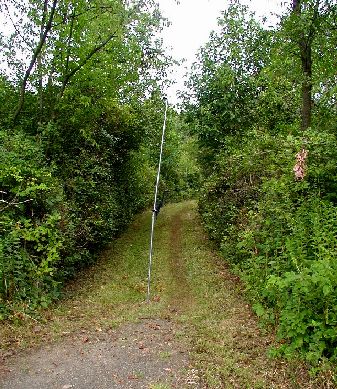
(the first two of eight linked nets)
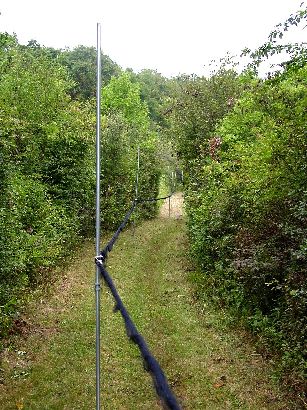
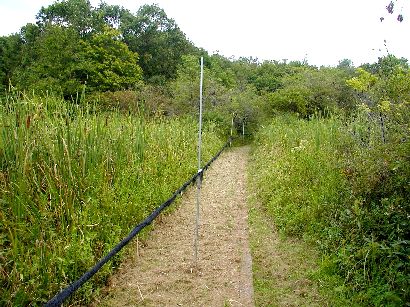
(stretching across
Iron Spring Swamp)
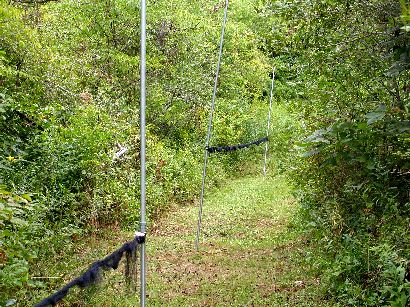
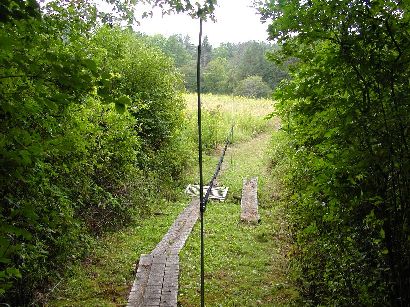
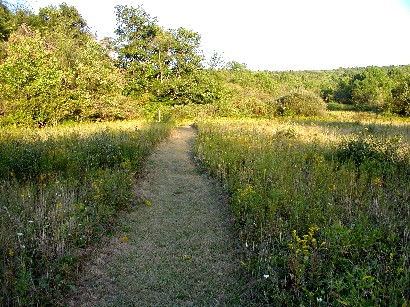
from Long Lane Net 10
to Bear Crossing Nets 3-5
(looking back at Long Lane net 10)
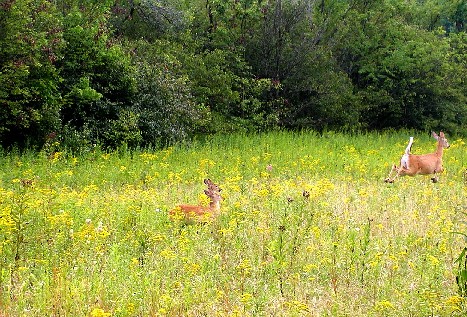
making their own
path across this field!
The upper end of the Long Lane Net set (Nets 1-5) is in an upland late successional habitat dominated by shrubs like honeysuckle, multiflora rose, and blackhaw viburnum; it is quickly invaded by a variety of trees, including ash, red maple, black cherry, tulip poplar, and cucumber magnolia, all of which are periodically removed.
Nets 6 & 7 cross a small sweet flag/cattail marsh (Iron Spring Swamp) that is fringed by wetland shrubs like alder, willow, and arrow-wood viburnum. Nets 8 & 9 are in a fairly thick stand of hawthorn and wild crabapple. Net 10 crosses the small stream draining Iron Spring Swamp and is surrounded by willows, arrow-wood, and blackberries but also is near a mature forest edge. Long Lane Net 10 extends to the edge of a large open field that is maintained by annual mowing.
GO TO>
BACK FIELD NETS/BEAR
CROSSING NETS/FEEDER NETS/LONG LANE NETS/POND
NETS/STRIP MINE RD NETS